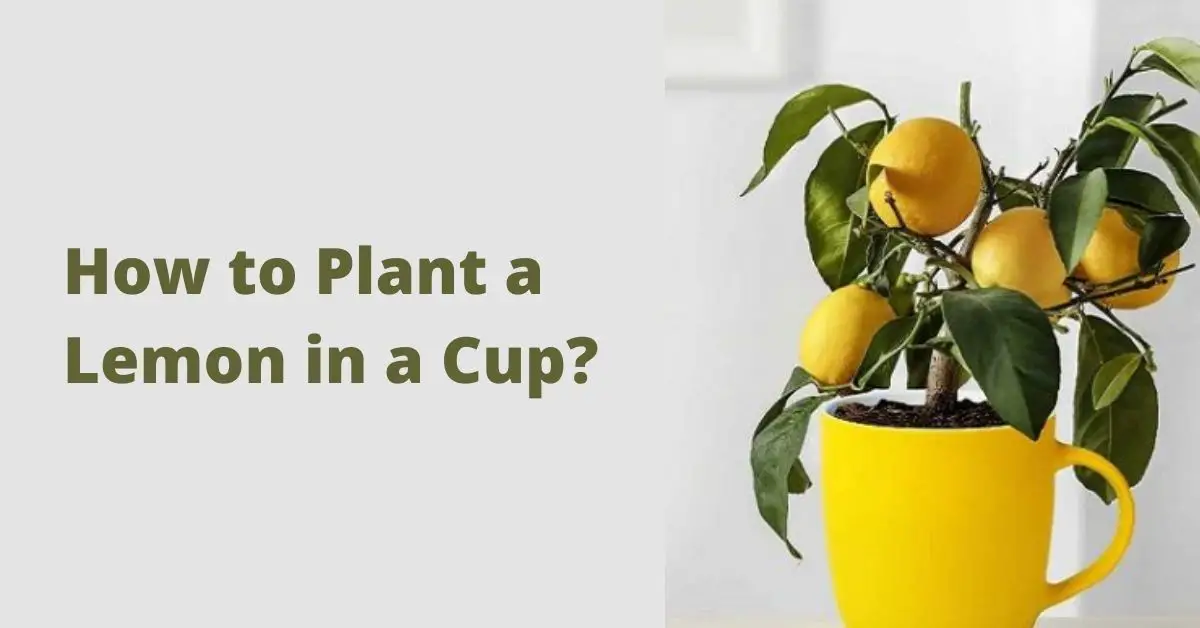Lemon is a tree from the citrus family. It is grown all over the world in many varieties, the only differences being in the appearance, while the nutritional properties are unchanged.
Lemon can be yellow and green obtained by grafting, but it is only a commercial division. Green lemon is obtained artificially.
It has a thin skin and juicy flesh, it is durable for transport and storage. The usual yellow lemon ripens in winter.
The lemon is a small tree with a height of about 3 to 6 meters and with violet flowers.
Sometimes this tree is grown as an ornamental, but most often for fruit. In favorable climatic conditions lemon yields twice a year. Spring flowering when the highest quality fruits are obtained lasts at least two months. The ripe fruits can wait as long for harvesting, which means that there can be a continuous harvest all winter from November to April or May. The second flowering, which is done by force in commercial plantations, lasts from August to September, and the fruits are harvested in February, immediately after the winter harvest. A tree in favorable climatic conditions with all applied agro-technical measures can yield from 600 to 800 fruits per year. Lemon is also perfect for growing in a pot. Their only drawback is that if you plant them from seed they will take years to grow. You can take an already grown tree from a nursery.
To plant a lemon from seed, and at the same time get a beautiful decorative tree, follow the following instructions:
1. Put the lemon seeds in a bowl of water and let them stand for 24 hours, then dry them. This procedure is optional, but it is advisable to do it.
2. Carefully peel the outer bark so that the inside of the seed is not damaged.
3. Put the lemon seeds in a pot with soil, at a depth of 1 cm. Then spray them with a little water. You can add small pebbles above the ground.
4. Cover the pot with plastic wrap to prevent evaporation and prevent the soil from drying out quickly. Put the pot in a warm place, because the heat helps the lemon to grow.
5. When you notice small lemon leaves, remove the plastic wrap, occasionally inflate the plant, and as soon as it reaches the appropriate height, transplant it into a larger pot.
Transplantation and fertilization
Young lemon trees need to be transplanted every year. But the pot should not be changed if the roots have not covered the whole ground. In that case it is enough to replace the drainage and the top layer of soil in the pot. Fruitful older trees are transplanted no more than once in 2-3 years. Transplanting is done before the beginning of the growing season.
Transplantation is not recommended after the end of the growing season. When transplanting, it is not recommended to exaggerate the reduction of the old already existing soil. It is necessary to make good drainage. The root canal in the new pot should be at the same height as it was in the old pot. Liquid fertilizer is applied in the first half of the summer. It raises the sugar content of the fruit and reduces the bitter taste. The plant needs more fertilizer if it is older and has been in the same pot for a long time. The fertilizer is applied after watering.
Watering
Lemon needs light and warm. Flowering and fruiting are best at medium air and soil temperatures + 15 – 18 C. In winter it is recommended to keep in bright and cool rooms (up to 12 C). Lemons are very sensitive to climate change. If you place the fruit trees on the street, due to the sudden change of light and temperature regime, the fruits may fall out, even the leaves, as a result of climate change there may be a lack of fertility in the next year.
In summer and spring it is necessary to abundantly irrigate 1-2 times a day with warm water, in winter rarely and moderately – 1-2 times a week also with warm water. But even in winter, the soil should not be allowed to dry out, which will lead not only to leaf fall but also to fruit. But on the other hand it should not be forgotten that from too much moisture the plant dies. Starting in October, watering is reduced. The upper layer of soil should be periodically dug up to ensure root respiration and to prevent water spill in the pot.

